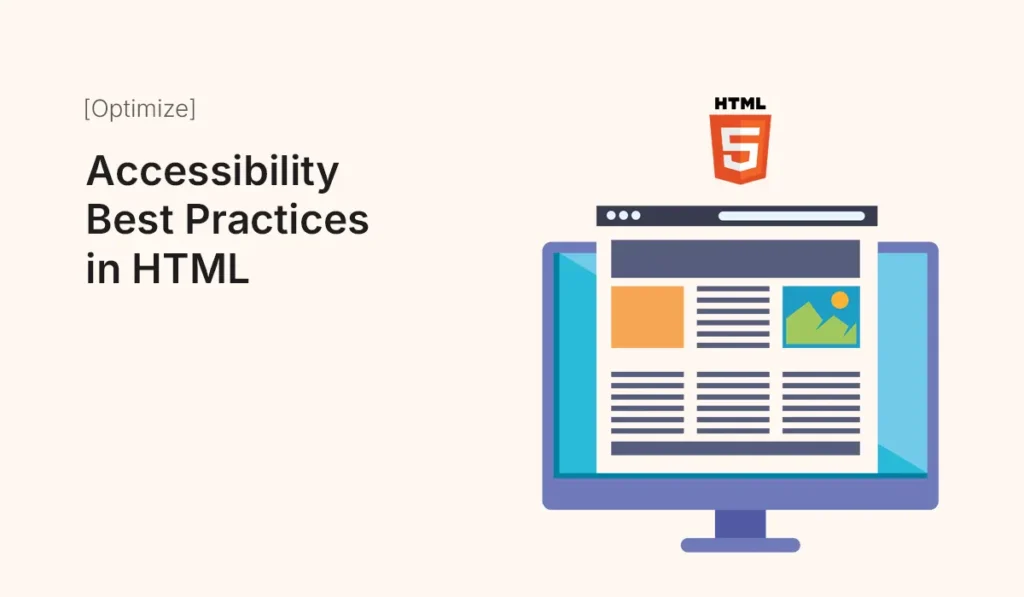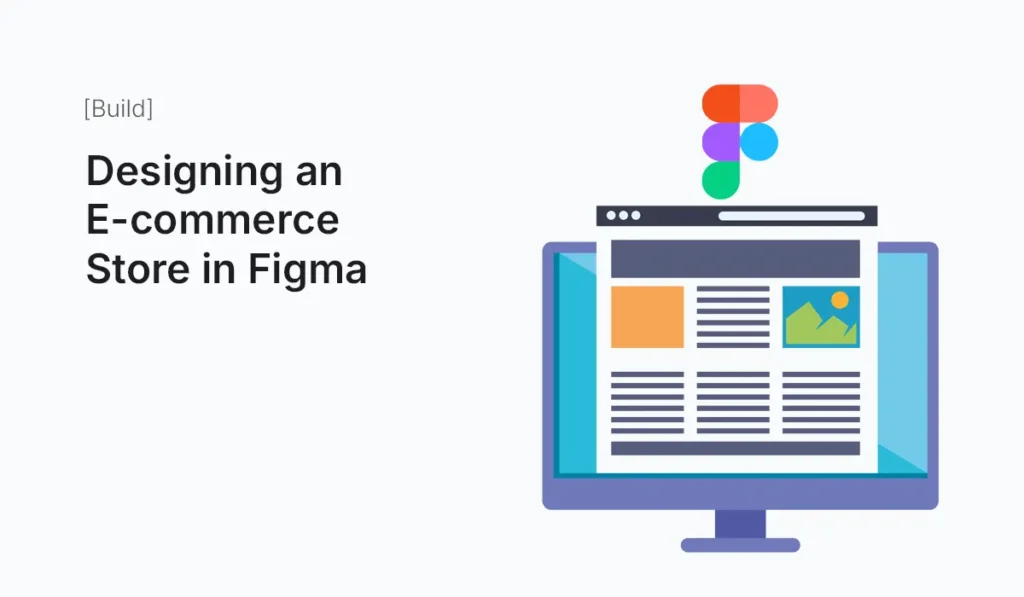Accessibility Best Practices in HTML

Introduction Web accessibility ensures that websites can be used by everyone—including people with disabilities. With millions of users relying on screen readers, keyboard navigation, and assistive technologies, following HTML accessibility best practices isn’t optional—it’s essential. Not only does it improve inclusivity, but it also enhances usability, SEO, and compliance with global standards like WCAG (Web Content Accessibility Guidelines). In this guide, we’ll break down the most important HTML accessibility best practices you should implement in your projects. Why Accessibility Matters Key Accessibility Best Practices in HTML Use Semantic HTML Provide Alt Text for Images Ensure Keyboard Navigation Use ARIA (Accessible Rich Internet Applications) Properly Label Forms Clearly Ensure Color Contrast Add Skip Navigation Links Allow screen reader and keyboard users to bypass menus. Provide Captions & Transcripts Test with Screen Readers Tools for Checking Accessibility Common Mistakes to Avoid Conclusion Accessibility is not just about compliance—it’s about creating a better web for everyone. By following HTML best practices, from semantic markup to color contrast, you ensure your site is usable, inclusive, and future-proof. Start optimizing your HTML templates today with accessibility best practices to create an inclusive, SEO-friendly, and user-first web experience!
Designing an E-commerce Store in Figma

Introduction In today’s digital-first marketplace, e-commerce stores need more than just functionality—they must be visually engaging, user-friendly, and conversion-focused. With the rise of platforms like Shopify, WooCommerce, and custom apps, businesses need modern designs that set them apart. This is where Figma comes in. As a collaborative design tool, Figma empowers designers to create pixel-perfect e-commerce experiences, from wireframes to prototypes, without switching platforms. In this guide, we’ll dive into how to design an e-commerce store in Figma, covering essential elements, best practices, and tips to create high-performing online stores. Why Use Figma for E-commerce Store Design? Core Elements of an E-commerce Store in Figma When designing an e-commerce store, focus on these essential sections: Homepage Design Product Listing Page (PLP) Product Detail Page (PDP) Shopping Cart & Checkout User Account & Wishlist Steps to Design an E-commerce Store in Figma Plan the Structure Set Up Grids & Layouts Design Components Use Figma Plugins Prototype the Flow Design Tips for E-commerce Stores in Figma Example E-commerce Store Designs in Figma Benefits of Prototyping E-commerce in Figma Conclusion Designing an e-commerce store in Figma gives you the tools to create user-friendly, creative, and high-converting online stores. From homepage layouts to checkout flows, Figma’s flexibility, plugins, and prototyping make it the perfect design tool for e-commerce. Take your first step in building a high-converting online shop—start Designing an E-commerce Store in Figma today and turn ideas into stunning shopping experiences.
